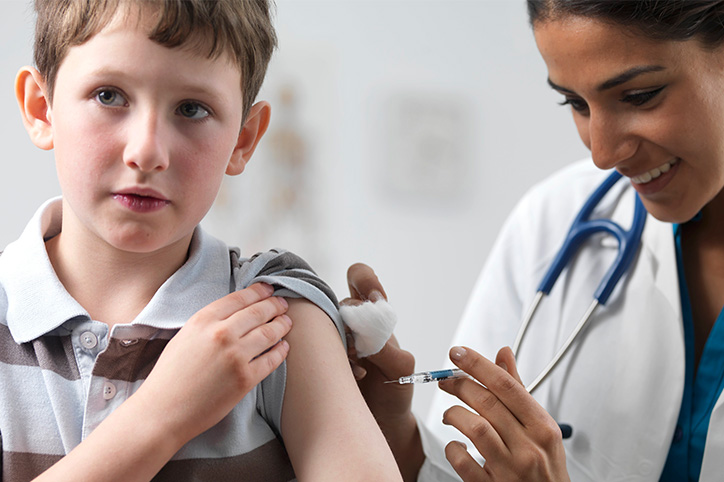There are some old ideas that seem as though they will never fade; equating height with success is one of them. Despite the fact that the average American male is 5’9″ and the average American female is 5’4″, many still attribute an ideal height to the probability of finding love, career success, and friendship. For parents of kids who are below average in the height department, hormone therapy can be a tempting idea. But how short is too short and when should parents seek medical treatment? Here is everything you need to know.
How Short is Too Short?
Below average shortness is not typically considered a medical problem, however, if a child’s height is less than 1.2% of the national average for kids of the same age and gender then it may be time to visit a Pediatric Endocrinologist who can determine if there is a hormone deficiency. A Pediatric Endocrinologist sometimes called a growth specialist, will likely perform a physical exam, blood tests, and radiology scans to see what may be causing issues. It is important to know that children who are examined before puberty when their growth plates fuse and begin to harden will have an easier time being diagnosed as well as successfully treated. For parents who may be concerned about height, the CDC has easy to read growth charts that indicate where kids are compared to the national averages.
Idiopathic Short Stature (ISS)
Idiopathic Short Stature is a term used to describe children who are significantly shorter than what is considered average height for the same age and gender but that has no clear known cause. The earlier a child is diagnosed the sooner they may be able tot benefit from growth hormone therapy, which was approved by the FDA in 2003 after successful clinical trials in both the United States as well as Europe.
Causes of Growth Hormone (GH) Deficiency
Growth hormones are created in the pituitary gland, which is a pea-sized section of the hypothalamus that in charge of the complex array of hormones in the body. If there is damage to the pituitary gland or genetic mutations that affect its function then some hormones can become deficient, including growth hormones.
Some causes of growth hormone deficiency can include:
- Head trauma that adversely affects the hypothalamus
- Certain diseases such as histiocytosis
- Turner Syndrome
- Cancer radiation treatment
- Autoimmune conditions such as lymphocytic hypophysitis
- Brain tumor
- Nutritional deficiencies
- Gastrointestinal disorders
- Hypothyroidism
A pediatric endocrinologist will review these and other potential problems before diagnosing and recommending a treatment course.
Growth Hormone (GH) Therapy
Growth hormone therapy was approved by the FDA in 2003 after clinical trials of a synthetic form of human hormones were found to be both safe and effective. The GH treatment is a subcutaneous injection meaning a shot given under the skin and into the fatty tissue. It looks a lot like an EpiPen and the needle is very short. The earlier a child begins a treatment plan, the more effective it may ultimately be, however, there are some side effects to be aware of such.
Side effects of GH can include:
- Joint pain especially in the knees and hips.
- Headaches
- Allergic reactions, which can include swelling, rash, or hives at the injection site.
- If a child has been diagnosed with scoliosis then they may experience more intense curvature of the spine.
- Increase in blood sugar levels, which stops when GH treatments stop
What to Expect With GH Treatments
Once GH treatment begins, you will quickly see changes in your child’s height. Here are some important changes to watch for:
- Shoe size will change after six to eight weeks
- Height will increase by one to two inches in the first six months
- Before month three, not much will be noticeably different
- Increase in appetite
- Your child might appear to be thinner due to quickened height growth
- GH treatments is a long term treatment that will not yield final results for several years




